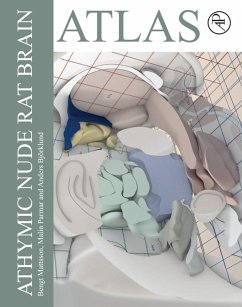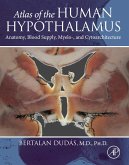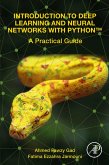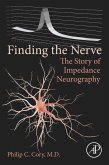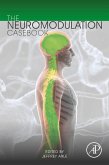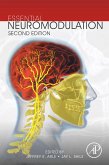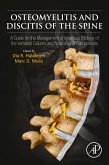- Contains coronal, sagittal, and horizontal maps of young adult athymic nude rat brain, spaced with a distance of 0.2 or 0.25 mm
- Uses "flat skull" Bregma and Lambda as anatomical landmarks for correct placement in the 3D environment
- Anatomical structures and nomenclature follow the standard set by the Paxinos and Watson rat brain atlases
- Includes a map of the dopamine projection system as well as the distribution of the A8-A14 dopamine cell groups
- Allows for easy read-out of coordinates for precise injections using stereotactic surgery
Dieser Download kann aus rechtlichen Gründen nur mit Rechnungsadresse in A, B, BG, CY, CZ, D, DK, EW, E, FIN, F, GR, HR, H, IRL, I, LT, L, LR, M, NL, PL, P, R, S, SLO, SK ausgeliefert werden.
Hinweis: Dieser Artikel kann nur an eine deutsche Lieferadresse ausgeliefert werden.

